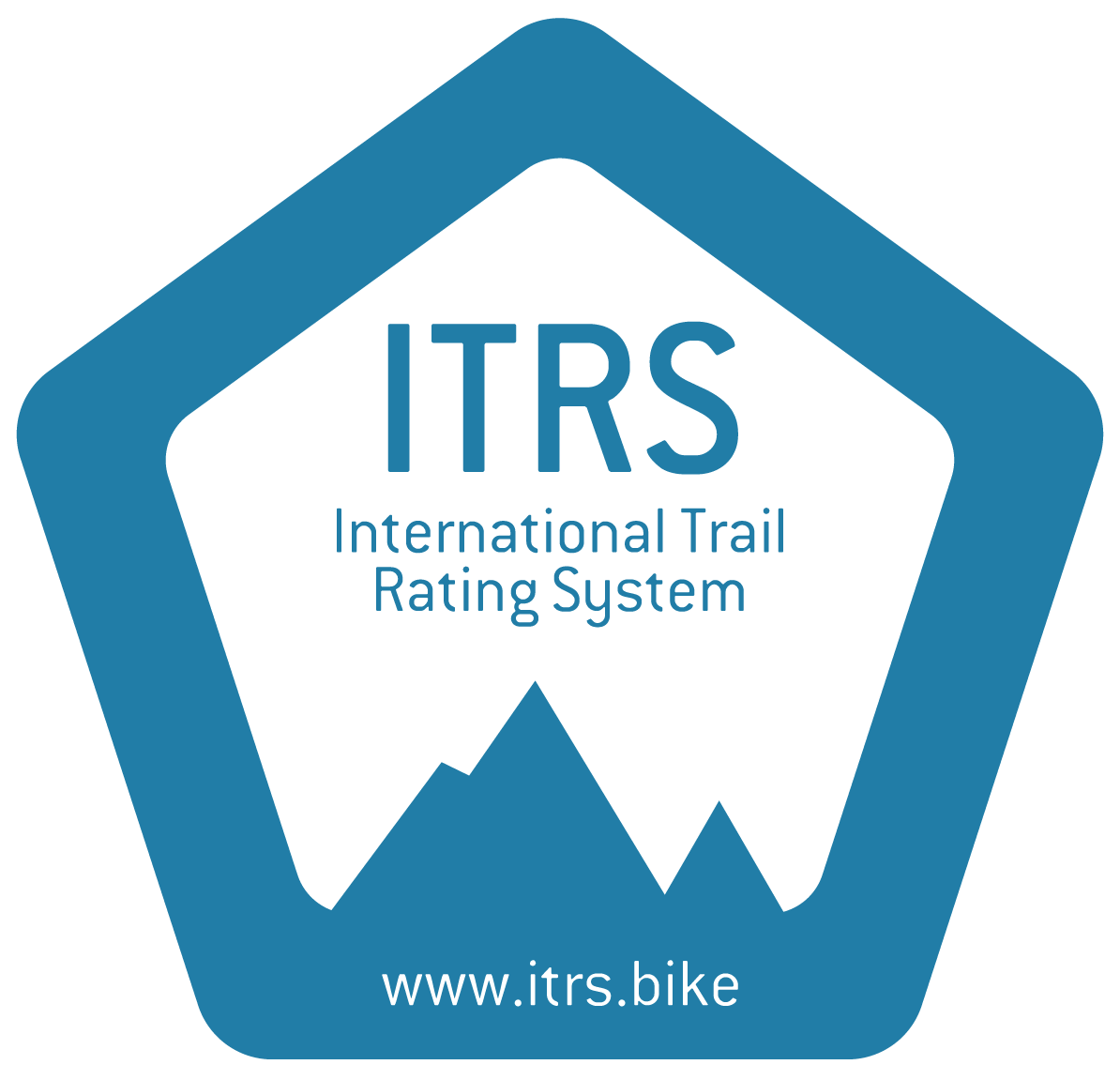Mischa and Edoardo recently engaged in an insightful Zoom conversation with Greg Heil from Singletracks, discussing the potential for the International Trail Rating System (ITRS) to standardize mountain bike trail ratings globally.
This interview delved into the complexities and importance of creating a unified rating system that can be applied consistently across different regions and trail types.
The idea behind ITRS is simple yet ambitious: to offer a universally understood set of trail ratings that can guide mountain bikers, regardless of where they are in the world. This effort is driven by the need for consistency and clarity in trail ratings, which are crucial for both rider safety and the overall biking experience. Currently, trail ratings vary significantly from one region to another, making it challenging for riders, especially those traveling or exploring new areas, to accurately gauge the difficulty of a trail. The ITRS seeks to address this gap by providing a standardized system that can be adopted worldwide.
During the interview, Mischa and Edoardo discussed the challenges of implementing such a system on a global scale. One of the key hurdles is the diversity of trails and terrain across different regions, each with its own unique characteristics and challenges. Additionally, local customs and historical methods of rating trails can differ widely, making it difficult to create a one-size-fits-all solution. Despite these challenges, the ITRS team is confident that a standardized system is not only possible but necessary for the growth and development of mountain biking as a global sport.
The interview also highlighted the benefits of adopting a standardized trail rating system. For riders, it means a more predictable and safer riding experience, as they can trust that the trail ratings are consistent with their expectations. For trail managers and regions, it offers a way to attract more riders, including international visitors, by providing clear and reliable information about the trails. Moreover, a standardized system could lead to better trail maintenance and management, as it would provide a common framework for evaluating and improving trails.
Mischa and Edoardo also touched on the technological aspects of the ITRS, including the development of digital tools that can assist in trail rating. These innovations are part of a broader effort to make trail ratings more accessible and user-friendly, leveraging technology to bridge the gap between different regions and trail types.
In conclusion, the interview with Singletracks provided an in-depth look at the ITRS’s mission to create a unified trail rating system that can be applied globally.

